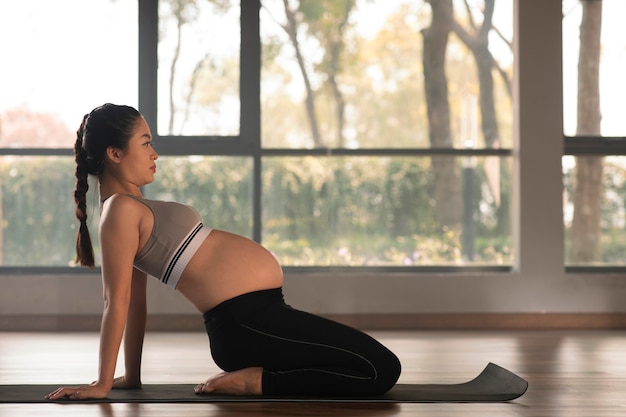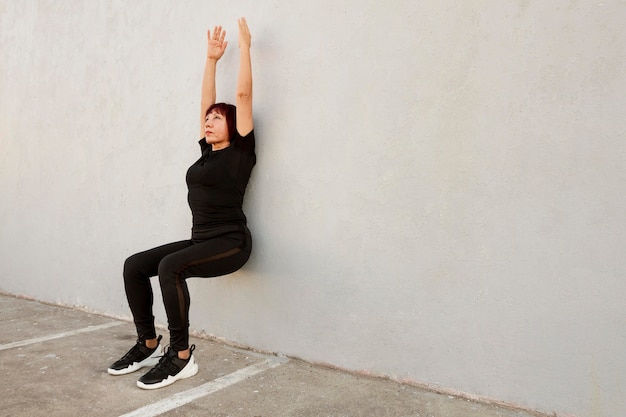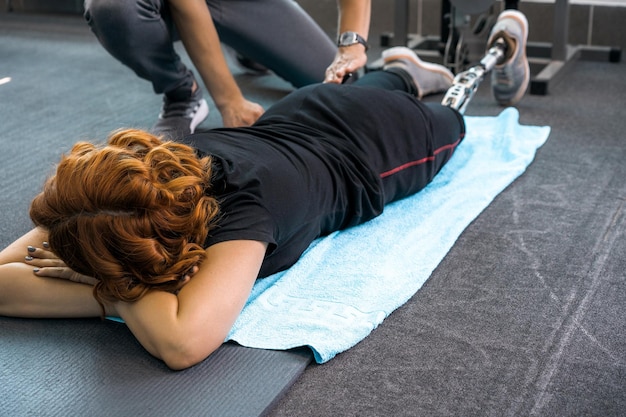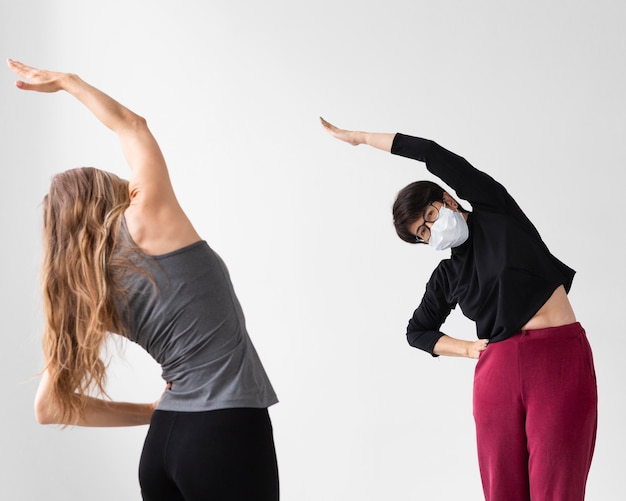15 Science-Backed Stretching Habits to Naturally Balance Hormones During Pregnancy and Postpartum
Pregnancy and postpartum are transformative phases marked by profound hormonal shifts. These changes support fetal development, prepare the body for childbirth, and regulate recovery afterward—but they can also lead to fatigue, mood swings, sleep disturbances, and physical discomfort. While medical care is essential, simple, evidence-based lifestyle habits like static stretching can play a supportive role in hormone regulation.
Static stretching—holding a stretch in a comfortable position for 20–60 seconds—can help reduce stress hormones, improve circulation, and support nervous system balance. This article explores 15 accessible stretching routines and habits that can help balance hormones during and after pregnancy, backed by physiological principles and safe for most individuals.
Why Stretching Supports Hormonal Health
Chronic stress elevates cortisol, a hormone that, when unchecked, can disrupt insulin, thyroid hormones, and reproductive hormones like estrogen and progesterone. Static stretching activates the parasympathetic nervous system—the 'rest and digest' mode—helping lower cortisol and increase endorphins and oxytocin, which promote relaxation and emotional well-being.
During pregnancy and postpartum, these benefits are especially valuable. Gentle stretching improves blood flow to reproductive organs, reduces muscle tension, and enhances sleep quality—all factors that contribute to hormonal equilibrium.

15 Simple Stretching Habits for Hormone Balance
-
Start Your Day with a 5-Minute Full-Body Stretch
Upon waking, perform gentle neck rolls, shoulder shrugs, side bends, and forward folds. This signals the nervous system to transition calmly into the day, reducing morning cortisol spikes.
-
Practice Pelvic Floor Awareness with Deep Breathing
Lie on your back with knees bent. Inhale deeply, allowing the belly to rise; exhale slowly, gently engaging the pelvic floor. This supports oxytocin release and pelvic health, especially postpartum.
-
Adopt the Child’s Pose Daily
Kneel and sit back on your heels, stretching arms forward and lowering your forehead to the mat. This calming stretch reduces anxiety and supports adrenal balance.
-
Stretch the Hip Flexors Regularly
Tight hip flexors from prolonged sitting can compress pelvic nerves. Perform a low lunge stretch for 30 seconds per side to improve circulation and reduce tension.
-
Include a Seated Forward Bend
Sit with legs extended and gently reach toward your toes. This stretch calms the nervous system and may help regulate menstrual-related hormones postpartum.
-
Try the Supine Twist for Spinal Mobility
Lie on your back, hug one knee to your chest, and gently guide it across your body. This aids digestion and supports liver function, which plays a key role in hormone metabolism.
-
Stretch the Lower Back with Cat-Cow (Static Hold at Endpoints)
While typically dynamic, holding the rounded (cat) and arched (cow) positions for 15–20 seconds each can release tension and support adrenal health.
-
Use a Wall Stretch for Hamstrings
Lie on your back near a wall and extend one leg upward, keeping it straight. This passive stretch improves circulation and reduces leg swelling, common in pregnancy.
-
Stretch Shoulders to Reduce Tension
Clasp hands behind your back and gently lift while opening the chest. Shoulder tension correlates with stress hormone levels—releasing it supports cortisol balance.
-
Practice Supported Bridge Pose
Lie on your back, lift your hips, and place a block under your sacrum. This gentle backbend can improve pelvic blood flow and support progesterone balance.
-
Stretch Before Bed for Better Sleep
Perform a 10-minute routine including legs-up-the-wall, child’s pose, and deep breathing. Improved sleep enhances melatonin and growth hormone release.
-
Focus on Diaphragmatic Breathing During Stretches
Deep, slow breaths during static holds amplify parasympathetic activation, reducing cortisol and supporting hormonal harmony.
-
Stretch After Feeding or Pumping
Use this quiet time to stretch arms, shoulders, and neck. This supports oxytocin flow and reduces physical strain from nursing posture.
-
Use Props for Comfort and Alignment
Bolsters, pillows, or blocks make stretches more accessible, especially during pregnancy. Proper alignment ensures safe, effective hormone-supportive practice.
-
Create a Consistent Routine
Hormonal balance thrives on rhythm. Even 5–10 minutes daily of intentional stretching can stabilize circadian hormones like cortisol and melatonin.

Safety and Considerations
Always consult with a healthcare provider before beginning any new exercise routine during pregnancy or postpartum. Avoid overstretching due to relaxin, a hormone that increases joint laxity. Focus on gentle, sustained holds rather than intensity.
Postpartum, especially after cesarean birth, allow adequate healing time. Begin with seated or lying stretches and gradually increase mobility.
Final Thoughts
Balancing hormones during pregnancy and postpartum doesn’t require complex interventions. Simple, consistent static stretching routines can significantly influence your hormonal environment by reducing stress, improving circulation, and supporting restorative body functions. These 15 habits offer a practical, evidence-informed approach to nurturing hormonal health with minimal time and effort—making them ideal for busy mothers and expectant parents alike.

















